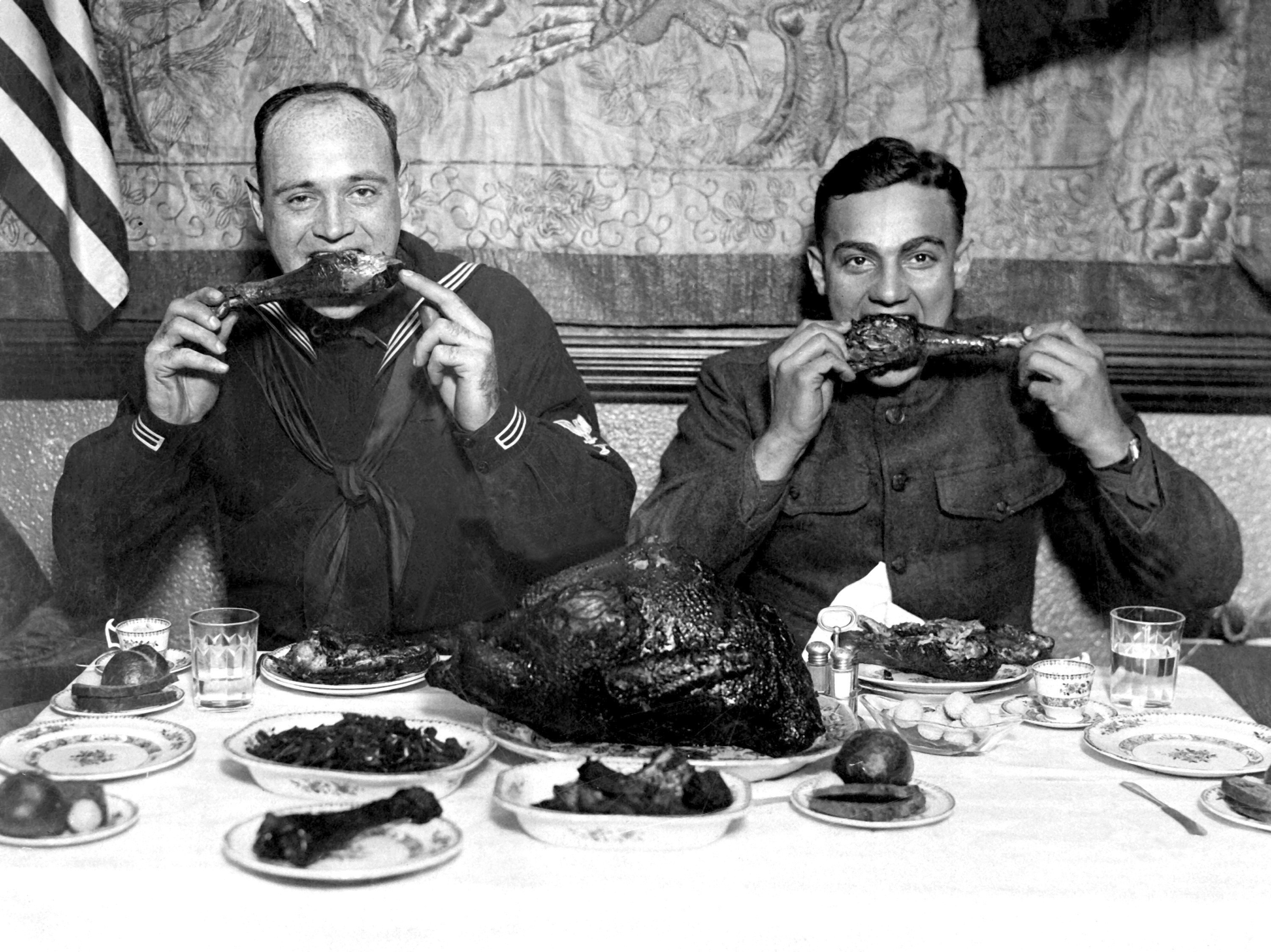
[This is the next post in the guest series from Dave Banko on healthy diet and lifestyle.]
I remember being scolded as a boy for ‘inhaling‘ my food and not chewing it.
In basic training, the instructors would count our chews and slow down our caloric intake in other ways, but, when you only had 15 minutes to eat and it was taking too long, that changed to “Down as much as you can in the last 5 minutes!” Needless to say, I ate too fast and this didn’t help my weight.
Having lived and traveled extensively in Europe, I’ve noticed this is a major difference between the European and the American culture. The American culture is very “results-oriented” and this seems to apply to nearly every aspect of life, not just business.
I remember going to a restaurant in London for the first time. What stood out for me was the space between tables (the owners weren’t trying to maximize how many people fit in the room) and no one pressured us to leave after we’d been there a few hours (not worried about increasing turnover). I came back to the US and went to dinner at a restaurant where we took our time and noticed the table next to us turned over 3 times while we were there and the waitress was pressuring us to pay the bill and leave.
Slowing down your eating is a major recommendation of the ‘What’s the Right Diet for You?’ program.
Experiment
Day 1: The researchers gave each participant a hamburger for lunch then secretly timed them. All of them ate their hamburgers in less than 5 minutes, some in less than 2 minutes. The researchers then asked for feedback and nearly all participants were still hungry. Some said it was like a snack and they could easily eat another. Then the researchers took blood samples, which showed that the hormone telling the participants’ brains they were full was low.
Day 2: The researchers gave each participant another hamburger of the same size and calorie content, but required them to take 30 minutes to eat it. To help, the researchers had the participants sit down and use a knife and fork. At the end of the 30 minutes, they again asked for feedback. All of the participants felt full! While some said they could eat more, they no longer felt hungry and were able to stop after one hamburger. The blood samples supported this as the hormone levels were doubled!
After changing *what* I ate, the next big challenge was *how much* I eat and this information alone was very helpful. I put this to the test myself and couldn’t believe the difference.
In my 2nd blog post, I spoke about the French Paradox. How can the French (and I’ve seen this in other European countries like Spain, Italy and Germany) eat rich fatty foods and still stay thin with low cholesterol and heart disease? They eat small portions over extended periods of time, so their bodies can process it properly.
To them, food isn’t something to conquer, ‘Man vs Food,‘ but part of an event to be enjoyed with friends.
Here are a few of the techniques I use to slow down when I eat:
- Sit down to eat. If you are standing, or are in an uncomfortable position, you will be more inclined to rush eating.
- Take a sip of water or other drink in-between bites. If alcohol, alternate alcohol and water, as alcohol adds calories too.
- Have your meal with someone and engage in conversation during the course of your meal.
- Cut your food into small pieces.
- Chew your food thoroughly before swallowing. As your mouth includes digestive enzymes, this also helps digestion and fully processing the nutrients in your food.
- Try to spread out your meal. When I’m at home, instead of having my meal all at once, I’ll spread it out over an hour or two. For example, for breakfast, I’ll start with a large glass of water with lemon, then have a 150g container of full fat natural yogurt. About 15 to 30 minutes later I’ll have some fruit, usually some berries like blueberries or strawberries. Another 30 to 45 minutes later, I’ll have my 2 eggs. I’ll have also had another full glass of water with lemon, and tea without sugar during my meal. I’ve now had about a 450 calorie breakfast over 90 minutes and don’t feel hungry at all.
Unfortunately, we can’t always take the time to slow down. In those times, you will need to use your will power to remind yourself you have consumed enough food and your body doesn’t need more, even if you still feel hungry.
As always, feel free to contact me at daveb.uk@hotmail.com if you have any comments or questions not already covered. [Crew Dog: Or comment right here! 🙂 ]





